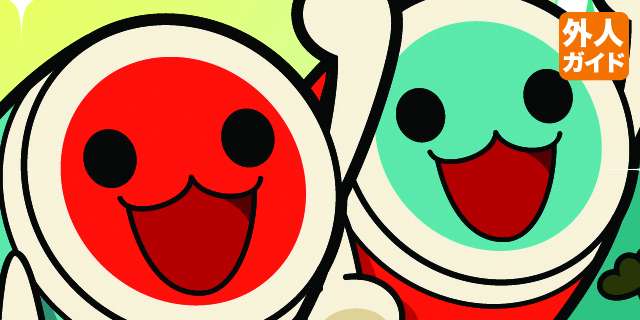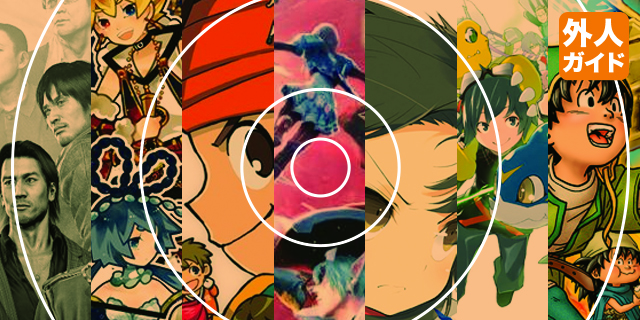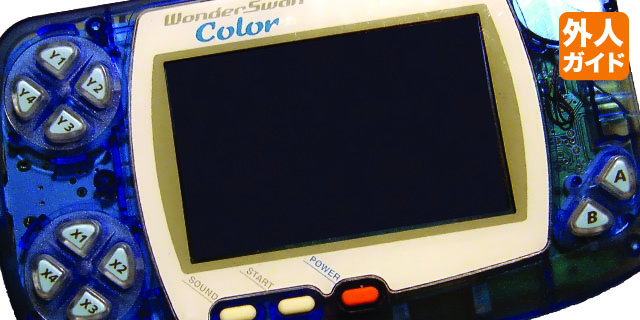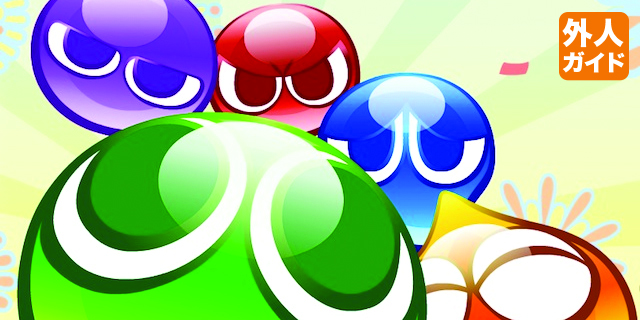
Before rhythm games were “dead,” and before they were “cool,” they could just be games, and focus on fun over all else. In the West, anyway. The industry of Japan never lost that fun spirit, and no series is more representative of that than Taiko no Tatsujin. READ MORE

Whether or not you’re a fan of importing games, nothing can really beat playing something in your native language. It’s sometimes hard to know just what is going to make it to the West and what isn’t, though. In our inaugural edition of the Guide’s Localization Radar, we’ll take a look at the likely candidates to get picked up. READ MORE

The Bandai WonderSwan is something of a poster child for the quirk-seeking importer. It’s the most prominent system to never see a Western release, and its intent to stay in its home territory means it’s full of the types of weird, insular experiences that fans of Japanese games crave. It’s also rough to get into; without the super-expensive late-life SwanCrystal, the screen’s tough to see, and the library doesn’t exactly shy away from being text-heavy. Thankfully, you can get a better sense of what the system had to offer, and you can do it in English! READ MORE

Ah, the venerable Slime. The Dragon Quest monster is sometimes a mascot and sometimes a foe, but more often than not it’s something to be trampled and overrun with superior force. It’s rare when the happy little blob gets a position of honor or prestige. When it happens, though? It’s called Rocket Slime, and it’s magical. And in Japan, it’s a franchise.
READ MORE

The just-announced Puyo Puyo Tetris may seem like a bizarre anomaly to some in the West. Even to those who’ve played one of the localized Puyo games, it still seems weird that it could share top billing with the king of the puzzle genre.
In Japan, it’s… still weird, but considerably less so. READ MORE
























